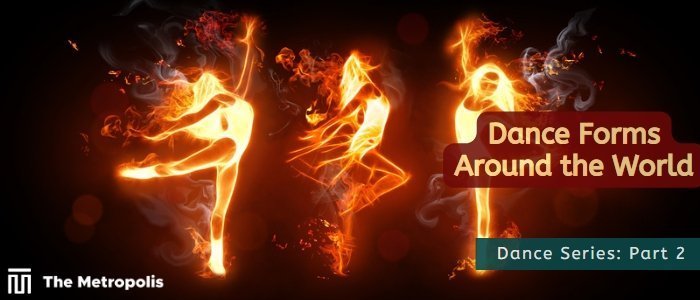Anjum Anam –
Dance is the movement of the body in a rhythmic way, usually to music and within a given space, to express an idea or emotion, release energy, or simply take delight in the movement itself. Dance is a powerful impulse, but the art of dance is that impulse channeled by skillful performers into something that becomes intensely expressive and that may delight spectators who have no wish to dance themselves.
These two concepts of the art of dance — dance as a powerful impulse and dance as a skillfully choreographed art practiced largely by a professional few — are the two most important connecting ideas running through any consideration of the subject. In dance, the connection between the two concepts is stronger than in some other arts, and neither can exist without the other. This article is all about notable dance forms around the world.
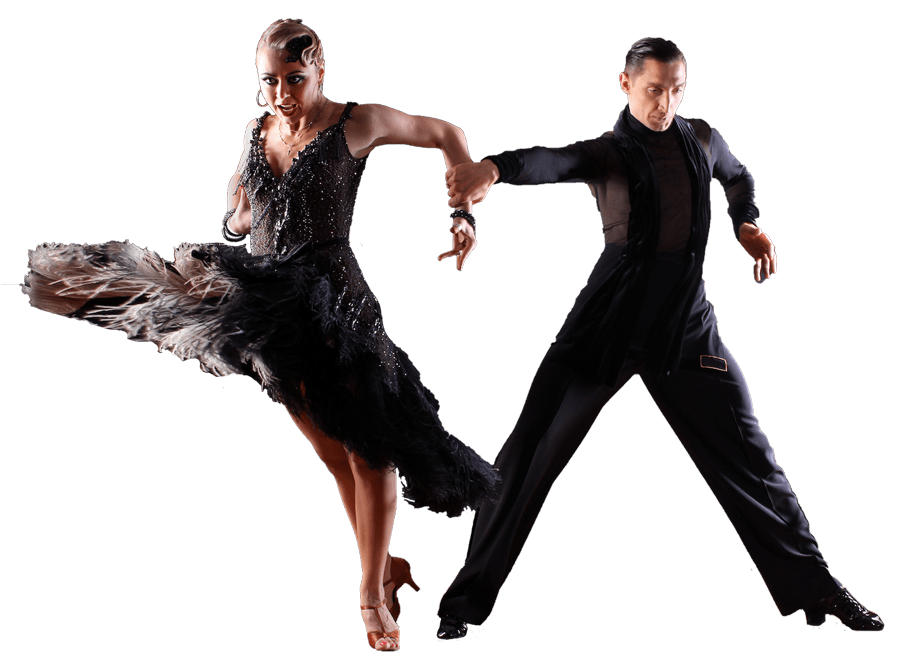
Samba, a ballroom dance of Brazilian origin, was popularized in western Europe and the United States in the early 1940s. Characterized by simple forward and backward steps and tilting, rocking body movements, it is danced to music in 4/4 time with a syncopated rhythm. Couples in ballroom position dance in place or around the floor, but partners may separate to execute variant steps. The dance derives mainly from the maxixe, a dance fashionable in about 1870–1914.
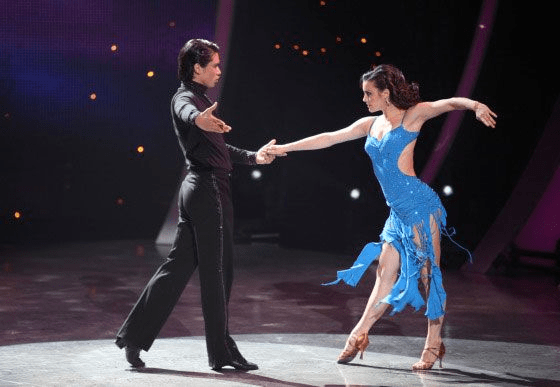
Rumba, also spelled rhumba, ballroom dance of Afro-Cuban folk-dance origin that became internationally popular in the early 20th century. Best known for the dancers’ subtle side-to-side hip movements with the torso erect, the rumba is danced with a basic pattern of two quick side steps and a slow forward step. Three steps are executed for each bar. The music, in 4/4 time, has an insistent syncopation.
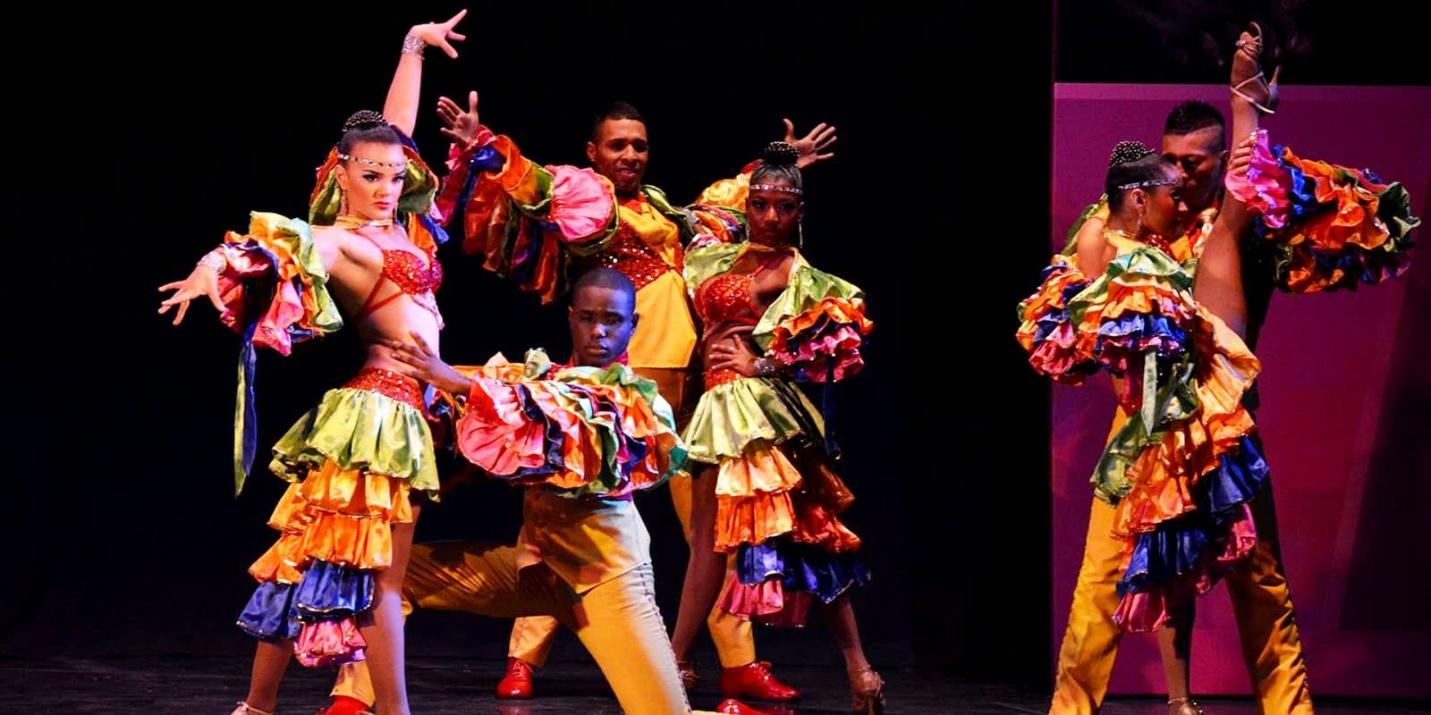
Mambo is one of the most vivacious of all the Latin dancing styles. It is characterized by strong hip movements, rhythmical body actions, quick footwork, and unique arm wraps and turns. Mambo is one of the Latin ballroom dances, which originated in Cuba. It is characterized by exciting energy and enticing rhythms, which draw the eyes and allows for a lot of fun for the dancers. Additionally, the Mambo is flirty and sensual. It originated in the areas of Haitian settlements in Cuba. Many sources claim that the dance was named after Haitian voodoo priests (called “Mambo”) who served the villagers as healers and spiritual advisors. Mambo was also a word used for their drums that were used in rituals. Other sources say that the word was used to mean “shake it” or “a conversation with the Gods.”
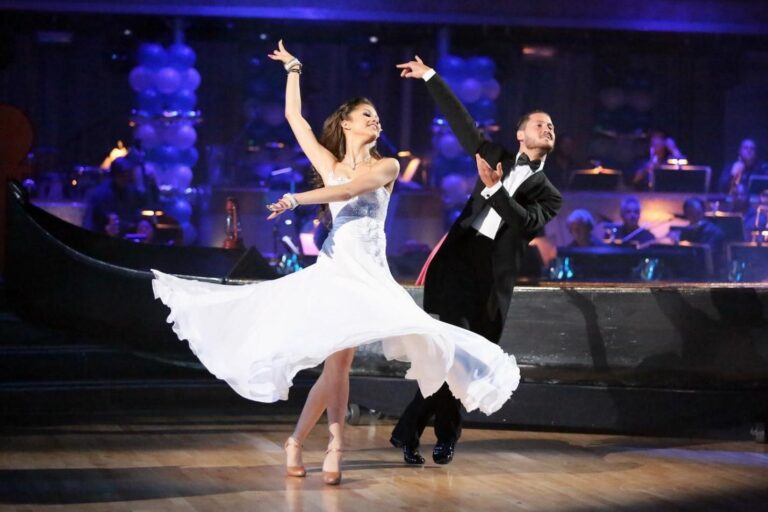
Viennese was welcomed and flourished under the tremendous melodies of great composers like Johann Strauss, Franz Schubert, Frederic Chopin, etc. Long-lasting roaming of this dance, either coming from Italy, France or Bavaria made the Viennese Waltz settle in Vienna. The splendorous music of the aforementioned geniuses would refine and enrich its already-established choreography. That is why nowadays Viennese Waltz takes the unbeatable spot among all the dances from the Ballroom Dance program.
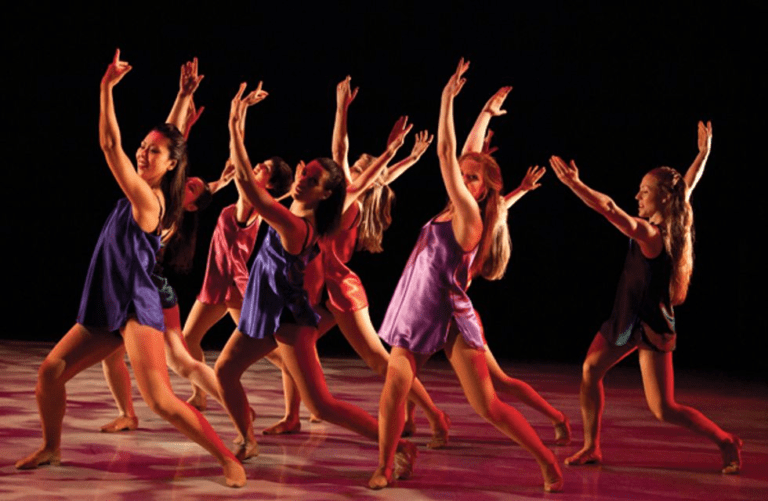
Jazz dance is a dance to jazz accompaniments, composed of a profusion of forms. Jazz dance paralleled the birth and spread of jazz itself from its roots in Black American society and was popularized in ballrooms by the big bands of the swing era (the 1930s and 1940s). It radically altered the style of American and European stage and social dance in the 20th century. The term is sometimes used more narrowly to describe popular stage dance (except tap dance) and jazz-derived or jazz-influenced forms of modern dance. It excludes social dances lacking jazz accompaniment—e.g., the rumba and other Latin-American dances.
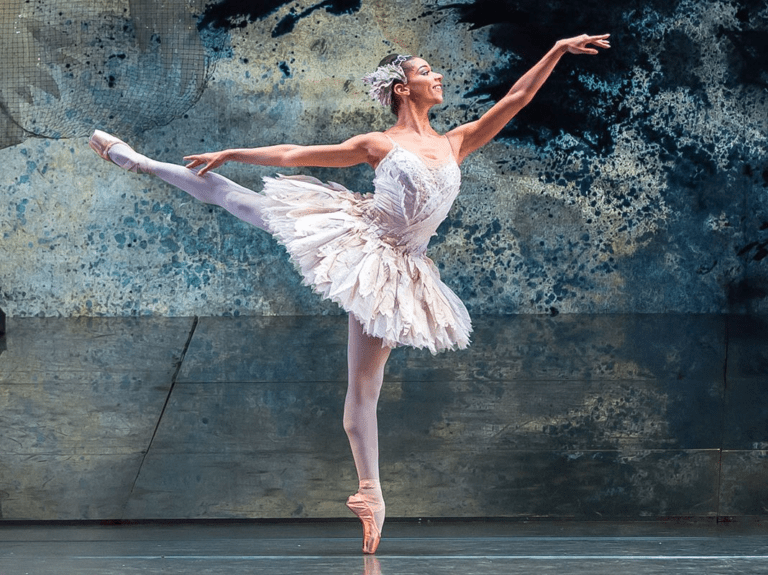
Ballet is a theatrical dance in which a formal academic dance technique—the danse d’école—is combined with other artistic elements such as music, costume, and stage scenery. The academic technique itself is also known as ballet. Ballet traces its origins to the Italian Renaissance when it was developed as a court entertainment. During the 15th and 16th centuries, the dance technique became formalized. The epicenter of the art moved to France following the marriage of the Italian-born aristocrat Catherine de Médicis to Henry II of France. A court musician and choreographer named Balthasar de Beaujoyeulx devised Ballet comique de la reine (1581; “The Queen’s Comic Ballet”), which inaugurated a long tradition of court ballets in France that reached its peak under Louis XIV in the mid-17th century.
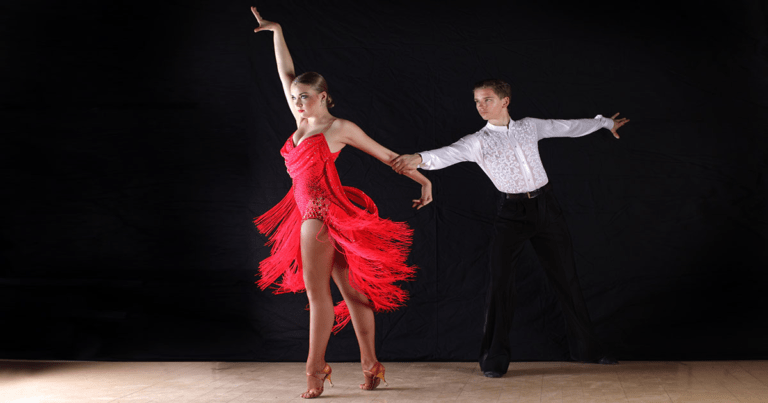
Jive is mostly a swing kind of dance form. Swing music and dance were all the rage back in the early 20th century. It defined an entire era: historians collectively named the period from 1933 to 1947 the “Swing era”. One of the more interesting dance variations that emerged during this period was the jive dance. The dance was extremely popular during the 30s through the 40s, but it eventually lost its luster like most ballroom-style dances. Fortunately, it is still danced today in many venues. There are even a few jive dance competitions out there.



